In this article, we will explore the art of low-light photography, the techniques involved, and the storytelling potential it holds.
Low-light photography presents a set of challenges that require an understanding of various techniques and equipment. Here, we delve into the world of darkness, uncovering the secrets to capturing stunning images in low-light conditions.
The Beauty of Shadows
One of the distinctive features of low-light photography is the prominence of shadows. Shadows can add depth, drama, and a touch of mystery to an image. Understanding how shadows behave and utilizing them effectively is crucial in conveying a narrative.
Key takeaways:
- Shadows can add depth and drama to a low-light photograph.
- Experiment with positioning your subject and light source to create interesting shadows.
- Utilize shadows to guide the viewer’s eyes and create a sense of mystery.
The Art of Exposure
In low-light photography, exposure settings play a vital role in capturing the desired mood. Balancing the aperture, shutter speed, and ISO is crucial for achieving the right exposure and capturing the essence of the scene.
Advantages of mastering exposure:
- Control over the amount of light in the image.
- Ability to maintain details in both highlights and shadows.
- Opportunity to create a specific mood or atmosphere.
Using Leading Lines
Leading lines are a powerful compositional tool that can guide the viewer’s eyes and evoke a sense of depth and intrigue. In low-light photography, using leading lines effectively can add an extra layer of mystery to your images.
Consider the following techniques:
- Utilize natural leading lines, such as roads, pathways, or architectural features.
- Experiment with long exposure to capture the movement of light sources along leading lines.
- Use leading lines to create a visual narrative or direct the viewer’s attention towards the subject.
Telling a Compelling Story
Low-light photography offers a unique opportunity to convey stories and emotions through carefully crafted images. By manipulating light, incorporating subjects, and utilizing composition techniques, you can create a narrative that ignites the viewer’s imagination.
Key takeaways:
- Think beyond the technical aspects and consider the story you want to tell.
- Use props, models, or scenery to enhance the narrative of your low-light photographs.
- Experiment with different angles, perspectives, and focal lengths to create depth and intrigue.
In conclusion, low-light photography presents an exciting avenue for photographers to explore. By understanding the interplay of light and shadows, mastering exposure, utilizing leading lines, and telling compelling stories, you can create captivating images that exude mystery and narrative. So, embrace the darkness and let your creativity shine!
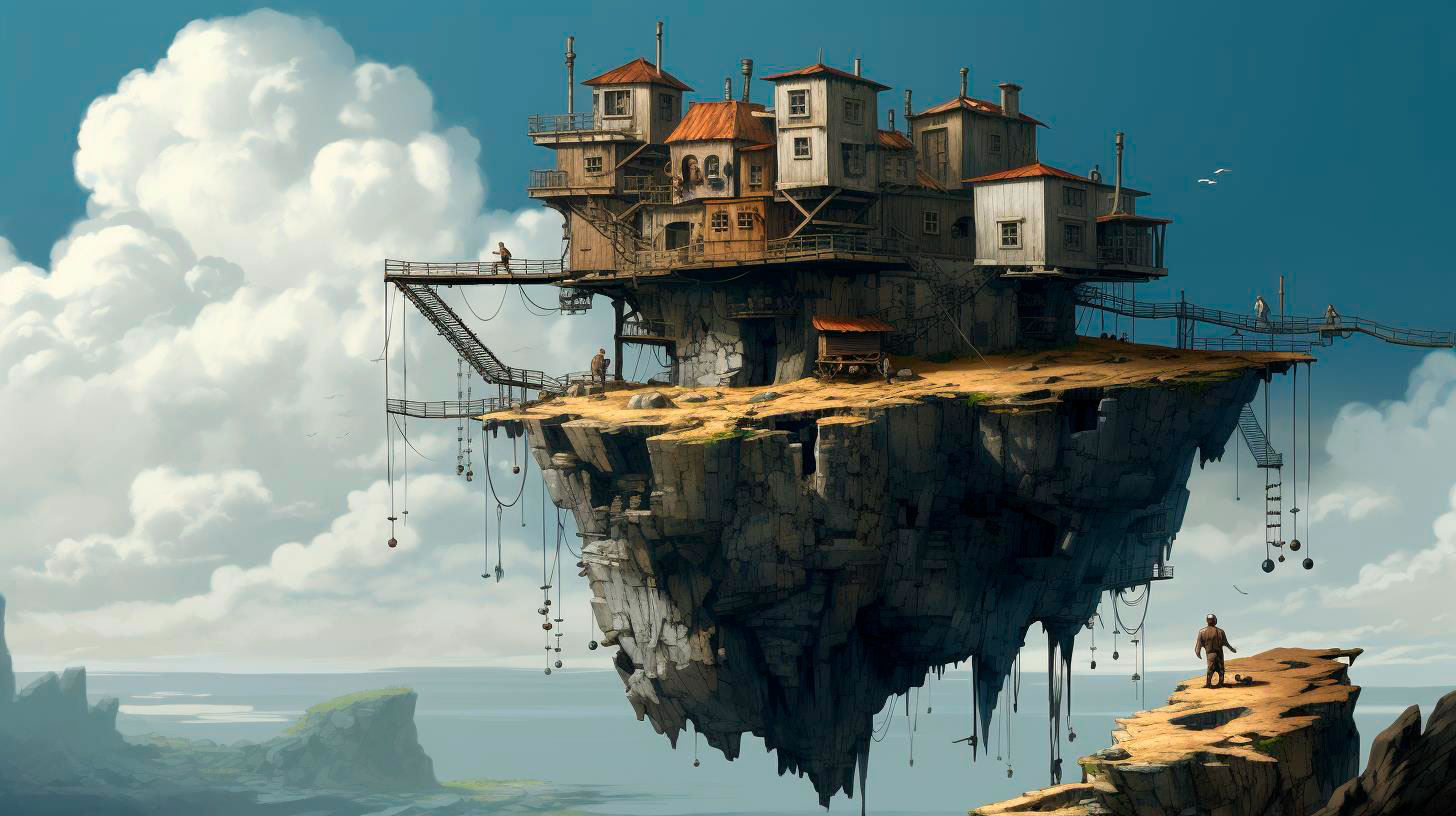
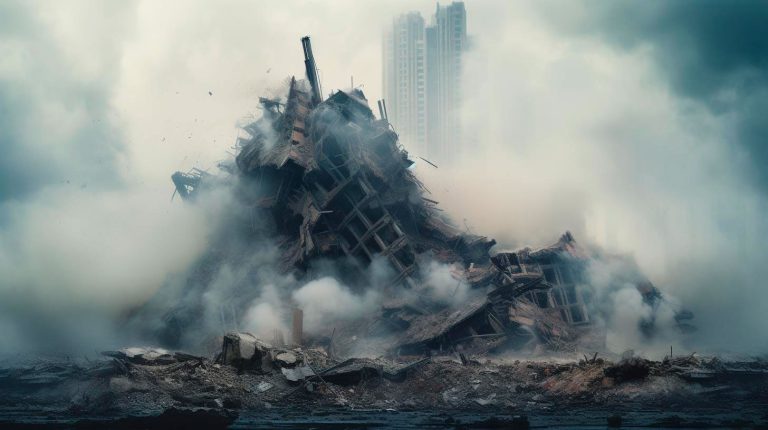



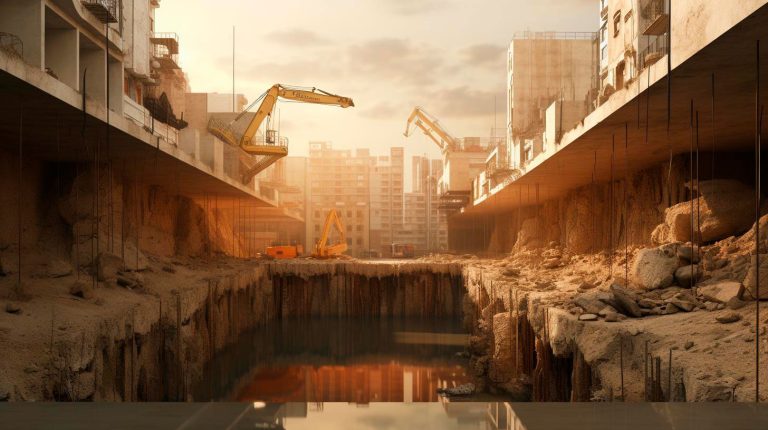
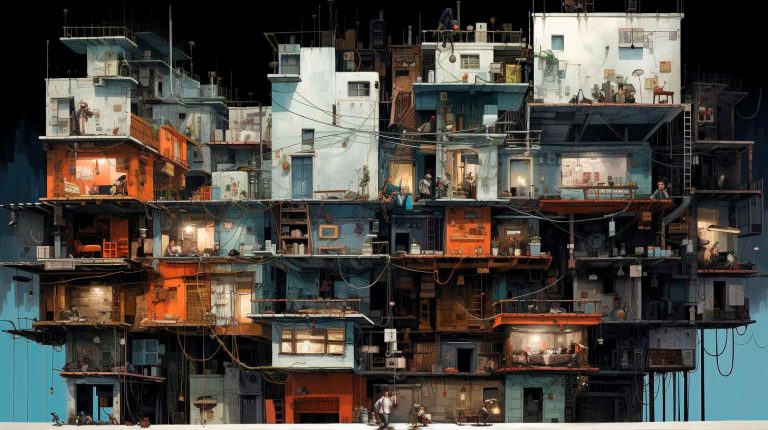

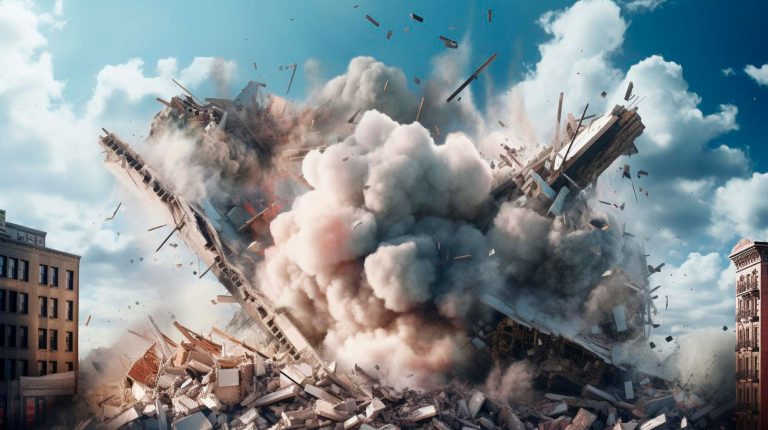
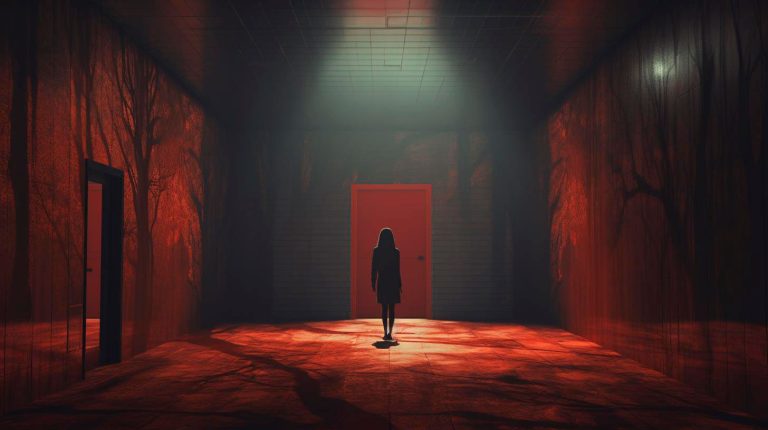








+ There are no comments
Add yours